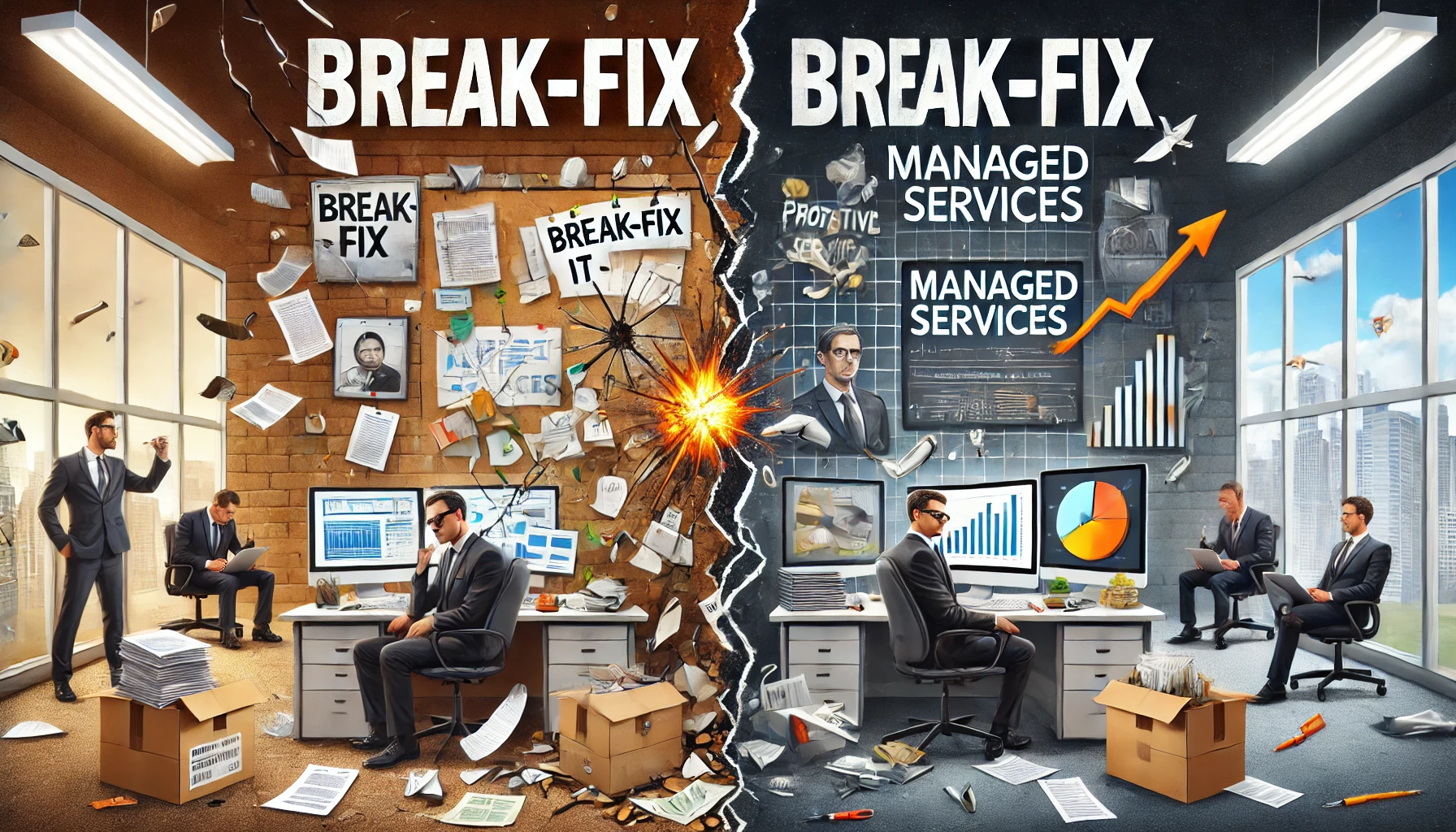DAVID JAVAHERI was closing three to five new managed services clients a month, and because he knows how critical onboarding is, he completely revamped his process to get it right. “I said, ‘What if I give myself more time?”
The president and CEO of Direct IT, in Waltham, Mass., started requesting that new clients retain their old IT company side by side with his firm for one month—and pay them both. “Nobody said no,” Javaheri says.
He made the analogy of a patient going to a new doctor and expecting to have surgery at the first visit. “The new doctor is going to say, ‘No, I need a month. I need to talk to your old doctor. I need to run some tests. I need to find out what you’re allergic to.’ [The doctor is] not going to do a surgery on day one, so don’t expect me to come in and rearrange everything on your network on day one.”
On the first day of onboarding Direct IT installs PSA agents and EDR security software. Then during the ensuing month, it collects data from the agents as well as from the client’s personnel, and determines if the current storage, firewall, and so on are appropriate. The entire process, which takes 20-25 days, provides the customer with “the smoothest transition” and may even save them money through rightsizing, Javaheri says.

As Javaheri and other channel pros know, the first few months after a new customer signs an agreement can go a long way toward determining how long that relationship will last. And how well you offboard departing clients can have just as profound an impact on your reputation and success.
Strategies for Onboarding Success
Dave Wilkeson, CEO of MSP Advisor, says onboarding is “the most important process that you have as a managed service provider.”
It’s when you “set the tone that you’re working with a really awesome organization. They’ve got to feel warm and comforted that you can handle the basic transactions of scheduling, of great communication, and that you’re actually going to get it done right,” says Josh Peterson, CEO at Bering McKinley, an MSP consulting firm.
His colleague William Young, a senior application consultant, says MSPs that do a formal assessment during the sales process, before a contract is signed, are the most successful at onboarding, “because now you know what you’re walking into.”
The onboarding process itself should be checklist driven, Wilkeson says. “The best MSPs, those top percentile MSPs, have hundreds and hundreds of things on a checklist that they’re working through. They’re not just going out and running a tool like RapidFire and going, ‘OK, I’m done.’ They’re spending time, they’re taking pictures and loading [them] into their documentation tools so that their technicians can … see what’s going on.”
A list helps ensure you don’t miss anything during the handoff, he adds. And like Javaheri, Wilkeson recommends some overlap with the outgoing MSP. “It’s got a lot to do with the complexity of the client. If you’re talking a five-person office, you really don’t need as much out of the old MSP, but if you’re talking a 75-person complex operation, you probably need more help from that old MSP to really understand what’s going on with the environment and documentation.”

Sometimes the client is not on good terms with the outgoing MSP and may not inform them about the switch. In that case, “I can’t reach out to them for anything. Then I’m going to have to leverage my tools to remove their tools,” explains Young.
Detailing how users can contact you, laying out a clear timeline for what will happen when, setting expectations, and other aspects of communication with the customer are critical during onboarding. There may be a “pent-up demand of problems” that the old provider didn’t address and issues the incoming MSP wasn’t aware of, all driving up call volume initially, so prepare the client in advance, Wilkeson advises.
How much communication is warranted? “Just barely touching that line of being obnoxious,” says Peterson, who wants that communication coming from your PSA. “I want a lot of automation in your tool to fire off predetermined messaging on what’s happening next. … We want everyone to know who we are, what we’re doing, and what they can expect.”
If your customer is more the “M” in SMB, Peterson says, the communication should be more strategic, targeting the stakeholders who can then inform their teams.
Treat onboarding like a project, using your PSA or a project management tool, recommends Allen Edwards, CEO of consultancy Eureka Process. “The last ticket, the last task you should do, is the postmortem meeting.” That’s when you ask your team, “What can we do better? How can we improve this project?”
Edwards cautions MSPs that the onboarding period is about supporting the client, not implementation. “Many people will try to combine the two things,” he says, explaining that while tasks like Office 365 migration are important for new clients, they may cause some pain, “and I don’t want them to associate coming to us with pain.”
Strategies for Offboarding Success
If a customer decides to leave you for another provider, the offboarding process should be just as methodical albeit typically shorter. “Our client onboarding process is eight pages; our client offboarding process is less than a page,” notes Edwards.
While Wilkeson says offboarding is not as critical as onboarding, it’s still more important than many MSPs realize. “A lot of MSPs don’t do anything with offboarding,” he says. “They just change some passwords and move on with things. And that’s not really the way to do it. A professional MSP has the same sort of list to do offboarding, not just internally so that they’re turning things off in a methodical way, but turning over [documentation] to the client in a professional manner.”
Peterson recommends using a ticket template in your PSA that has all the required steps that techs can check off. Otherwise, you could face “death by a thousand cuts,” he says. This list should include alerting vendors to shut off licenses so you won’t continue to get billed for them.

Adds Young, “I want to make sure all my tools, all my accounts, everything like that is off their systems, because if the incoming MSP stinks or if one of those accounts or tools gets compromised because it’s not being managed, I don’t want their finger being pointed to me. So it’s critical that I either make the effort to make sure everything is removed, or if I don’t have the access to do it anymore that I communicate with the client that it’s their responsibility to remove these things.”
At the same time, don’t burn any bridges. “Offboarding is your final chance to make the case to the client that the grass isn’t always greener on the other side,” notes Young.
That’s why being cooperative with the incoming MSP is important, stresses Javaheri. “My offboarding is very gracious.” That includes taking the initiative to contact the new provider and offering help.
It’s a process that can pay off in the long run, Javaheri says. “We make sure the transition is the smoothest possible from our side, because we know some of those customers are going to come back.”
Image: iStock














